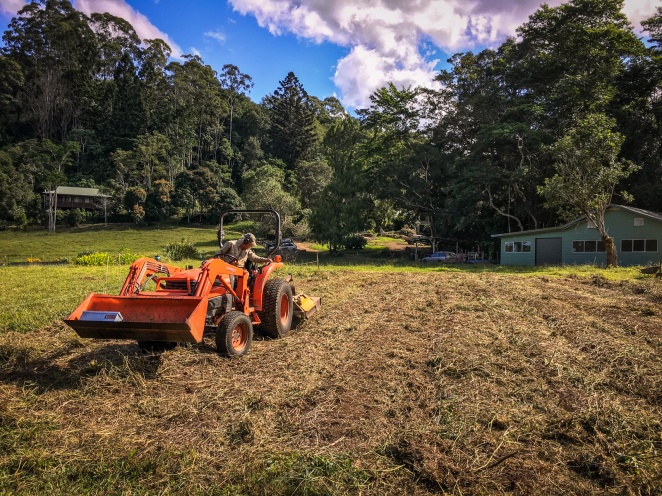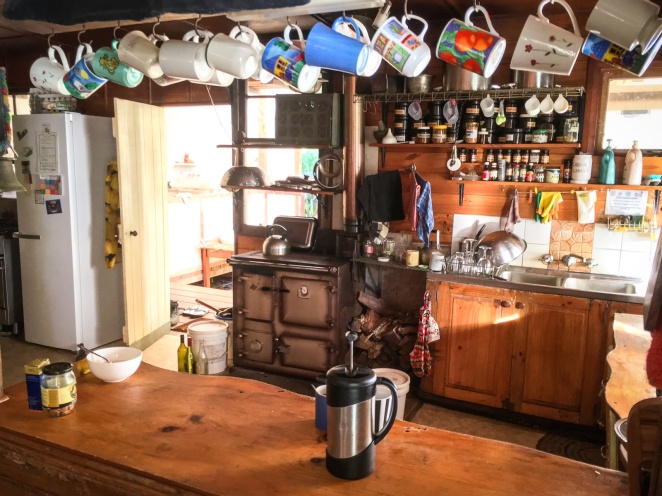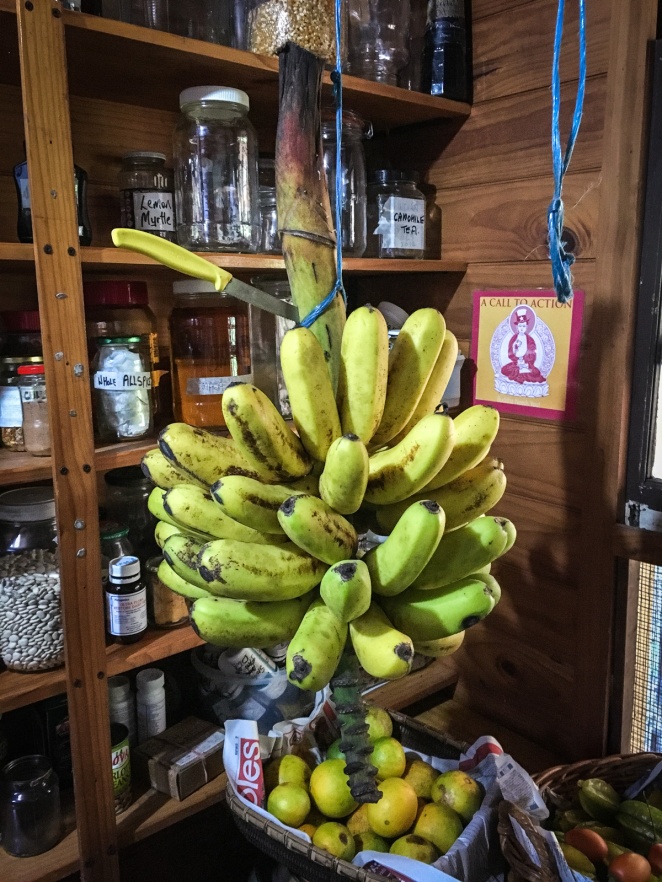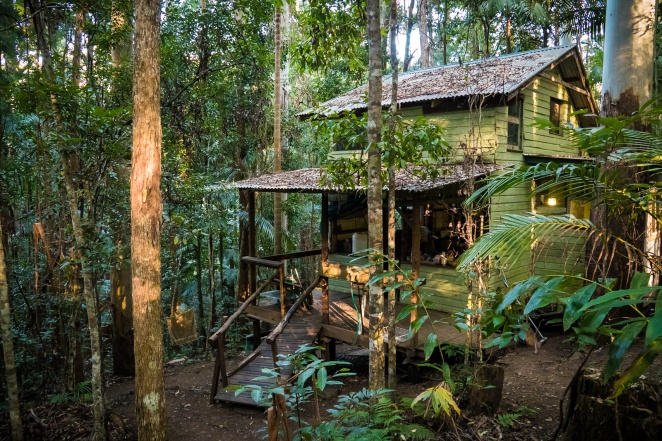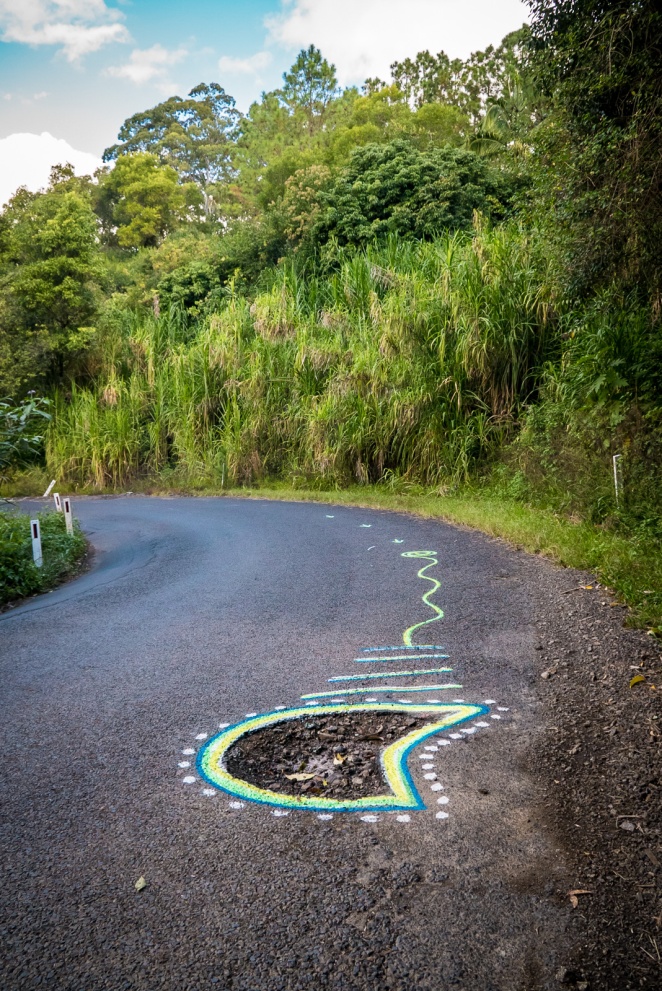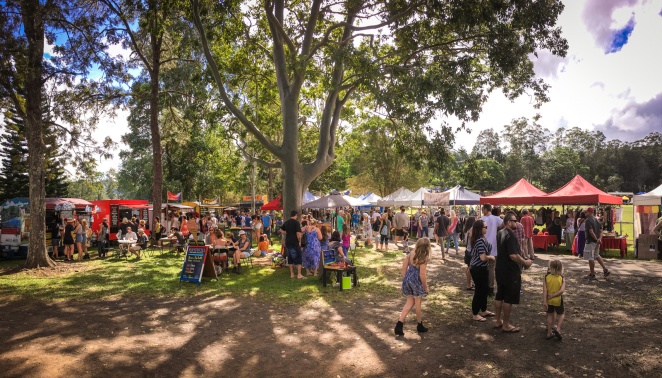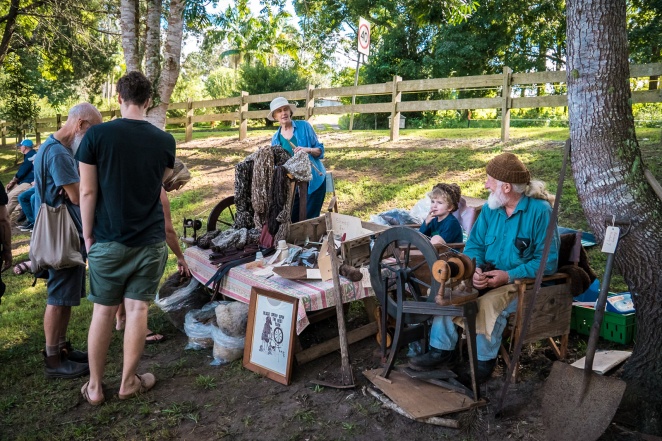This is my second Report (since January’s) as a way of assessing my successes, targets, improvements and areas I need to be more vigilant with when it comes to simple, ethical, environmentally sustainable and community living.
It might not be an interesting entry to read but it’s a way to keep myself accountable and constantly improving my lifestyle.
I’ve highlighted positive changes in green and backwards steps red. So, as of today:
ETHICAL/SUSTAINABLE LIVING
• grocery shopping (with % of how often I do it)
— local green grocer for veg (60%)
— leftover bread free at end of baker business day (100%);
— skip-dipping/dumpster diving (0% but aiming to re-introduce it;
May: have been looking , but it’s hard to find anything in Adelaide)
— major supermarket for all else (100%);
— Fair Trade where possible (tea, chocolate, recent clothing)
— some organic (10% – food, soap & shampoo)
— use Ethical Guide to boycott bad companies, GM food (95%);
— boycott food with known cruel processes eg. veal (100% where known)
— food miles, locally produced (25%)
— meat consumption (15% of meals; May: this is mostly due to being poor)
• grow own food (not yet 0% but get some from friend 3%)
• household shopping: I only buy new from store if I can’t get from op shop or build myself;
— purchased new in past year:
—– furniture (0%)
—– clothes (10%)
—–accessories (15%)
—– car ( 0%)
• home energy:
— electricity:
—– solar/renewable = no
—– aircon/heating (10%)
—– computer (on 24/7, asleep when away & at night)
—– fridge (2/5 star rating)
—– dryer (0%)
—– water pump (everytime the tap is turned on);
— water:
—– rainwater tank (90%)
—– shower grey water for garden (0% May: stopped when I realised I didn’t have time to deal
with the garden and water is from tank anyway)
—– shower avg. duration (5 mins)
—– garden (0%)
—– dishwasher (0%)
—– washing machine (top loader 2/5 star rating)
• waste:
— food scraps (90%; goes to compost);
— wasted food (5%);
— recyclables like glass, paper, aluminium cans (95% to recycle bin, 5% kept for food/household storage);
— wasted paper (minimal use of printer, kitchen & recycled toilet paper)
— wood (90% saved for building material); May: haven’t built much now that I have what I need!
— white goods, electronics, equipment (0%);
Areas to Improve: fewer food miles; support local; buy organic if it makes sense & affordable (May: been very tight on cash the past few months so it’s hard to justify extra costs for organic sometimes); grow some own food; continue to consume less energy & town water. As it gets colder, it is tempting to use more heating but I’ll just have to be as resolute as possible and put on more clothes!
.
– – – – – – – – – – – – – – – – – – – – – – – – –
.
SIMPLE LIVING
• build most of my own furniture (lounge daybeds, coffee table, office desk, outdoor tables & seats)
• other furnishings have been donated (bed, futon, tv & DVD) or secondhand (kitchen table & chairs, office chair, rug); May: acquired two wooden trestle tables and some deck chairs i hard rubbish
• buy nothing that isn’t essential to the household or work
• work less, spend more time connecting with friends & family; May: disappointed as work has been all-consuming for the last 3 months; on the positive side, a chunk of that is due to a doco I’ll be shooting soon which is about helping people in need, so I think that’s good.
• spend money on essentials, friends, charities; May: out of necessity, been spending very little on me
Areas to Improve: connect more with real (not virtual) people
.
– – – – – – – – – – – – – – – – – – – – – – – – –
.
ENVIRONMENTAL
• approx. annual carbon footprint (avg. based on lifestyle as of today): 9.1 tonnes of CO2 (Aus avg. 16 tonnes; world avg. 4 tonnes)
• car usage per month – approx 300kms ; mileage (approx 10kms/L)
• bus instead of drive (15%)
• ride/walk/skate instead of motor transport (15% – 20min walk to shops)
• return flights in past year – domestic (3), international (0); May: about to embark on massive trip for doco for which I will be shedding environmental tears…26,000kms planned. This will blow my current Carbon Footprint figure out of the water 😦
Areas to Improve: take fewer flights; walk/skate/bus more rather than car; use less electricity; aim for 7-8 tonnes/yr CO2
.
– – – – – – – – – – – – – – – – – – – – – – – – –
.
COMMUNITY
• I live walking distance to my girlfriend and a couple of other friends; 5 minute drive to a couple more
• intentional community living (share house or close living) = no
• share property or resources with community (some household items, driving, food with girlfriend & her housemate; borrow from other friends occasionally)
• collect hard rubbish from neighbourhood
• engage in conversation or help with mentally/physically challenged people in neighbourhood (30%)
• give to charities (monthly to: 1 x global aid, 1 x animal, 1 x heart foundation, 1 x activism organisation )
• volunteer with some friends’ and charitable projects
Areas to Improve: aim to achieve closer and more intentional community; share more resources; be more accepting of minority/disadvantaged; give more to charities; get more involved with meaningful & helpful projects
MAY SUMMARY: overall, doing the right things still but not socialising much due to workload which is not a routine I want to get stuck in. That said, I still work from home and can shuffle my schedule around. In addition, I don’t commute which saves on time, carbon pollution and gives me more opportunity to be social. Some areas I can still be a bit more green.


